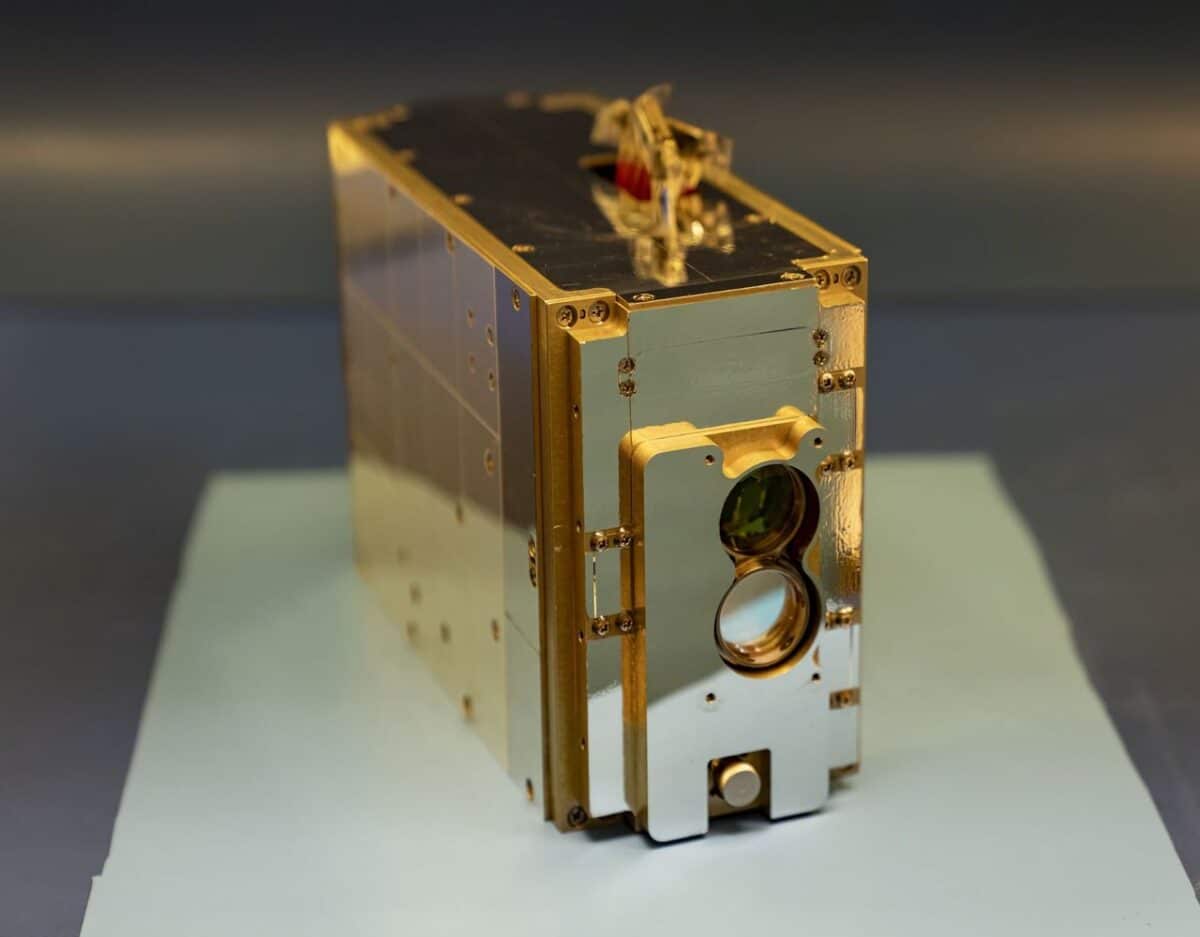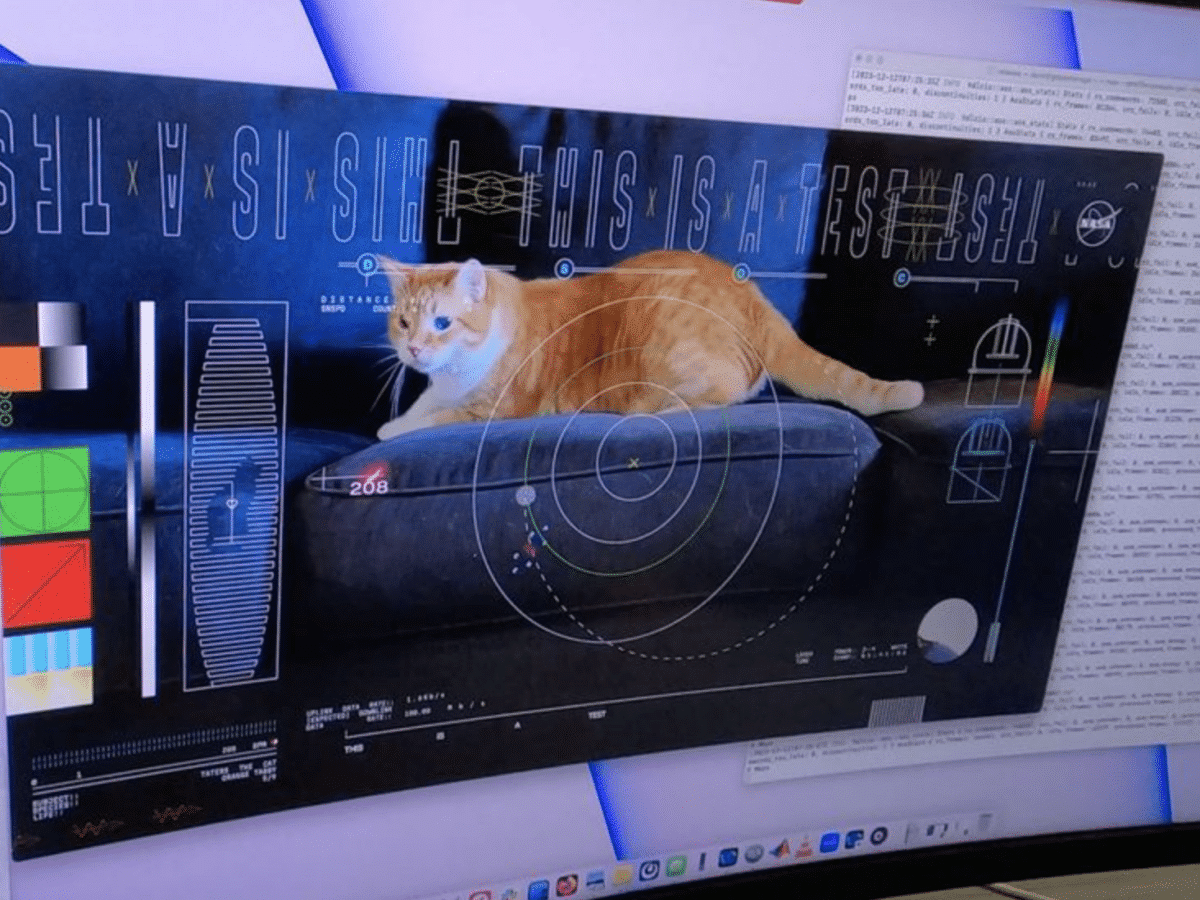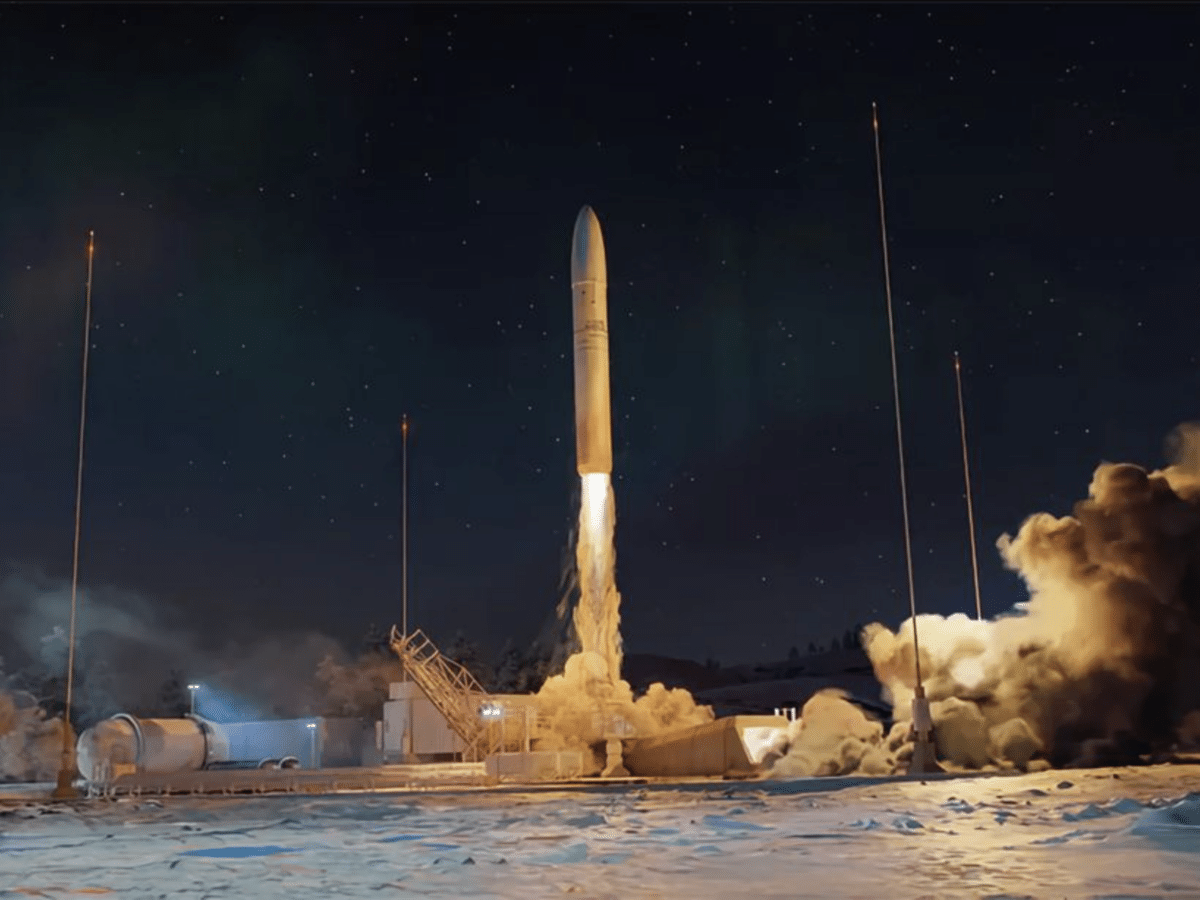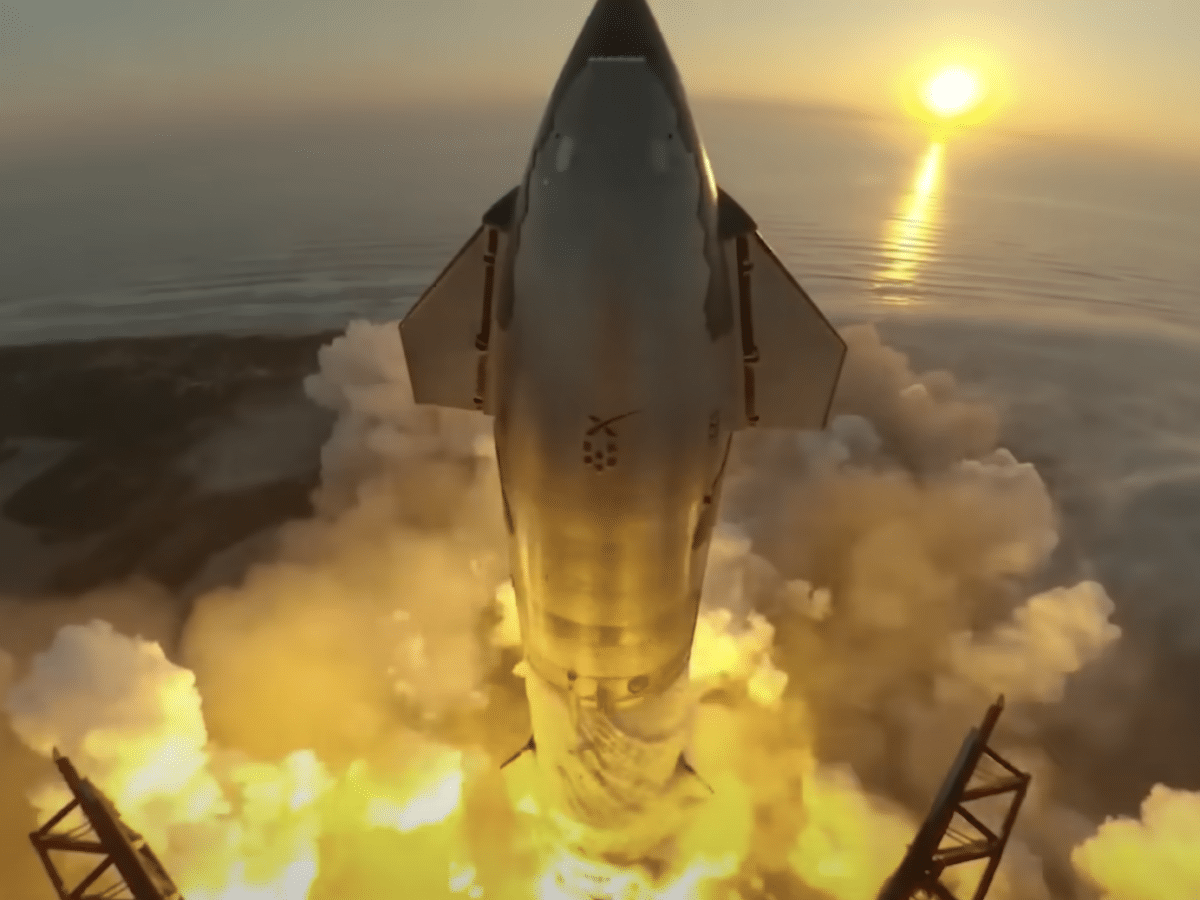NASA has announced that their space communication system, TBIRD (TeraByte InfraRed Delivery), has once again set a speed record for data transmission from space to Earth.
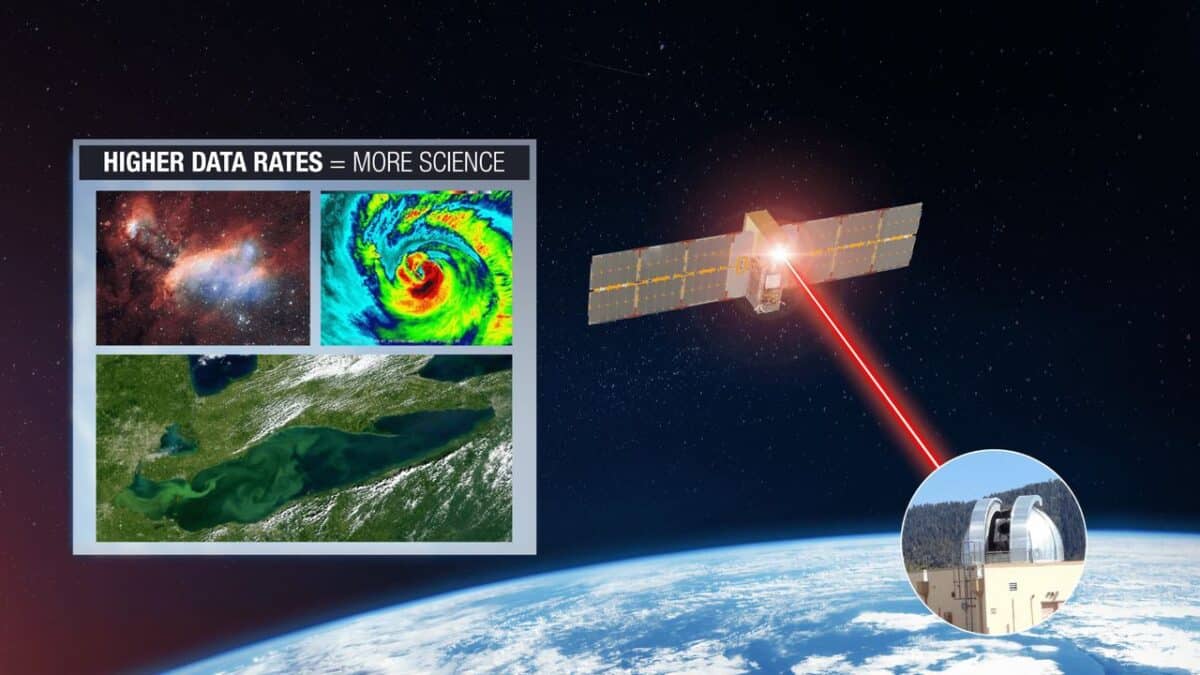
TBIRD is a laser-based communication system mounted on NASA’s PTD-3 satellite (Pathfinder Technology Demonstrator), which was launched into space last year. In December of last year, NASA announced that they had successfully transmitted data at a speed of 100 Gbps using TBIRD, a record that has now been doubled.
Currently, NASA primarily uses radio technology for communication between Earth and its spacecraft. The tests with laser-based communication systems are a step towards increasing data transfer speeds between space and Earth in the future, such as when we begin colonizing Mars. NASA states:
The ultra-high-speed capabilities of laser communications, also known as optical communications, will make it possible to pack more data into each transmission from space. More information about whatever a scientific instrument may be studying – whether that be imagery of another world, data about space radiation, or something else – means there’s more data for scientists on Earth to study, leading to the discoveries that will be needed to live and work on other worlds.
Below is an image of the TBIRD transmitter developed by NASA in collaboration with the Massachusetts Institute of Technology. Additionally, there is a clip from NASA where they discuss laser communication between space and Earth, mentioning TBIRD as one of the systems.
